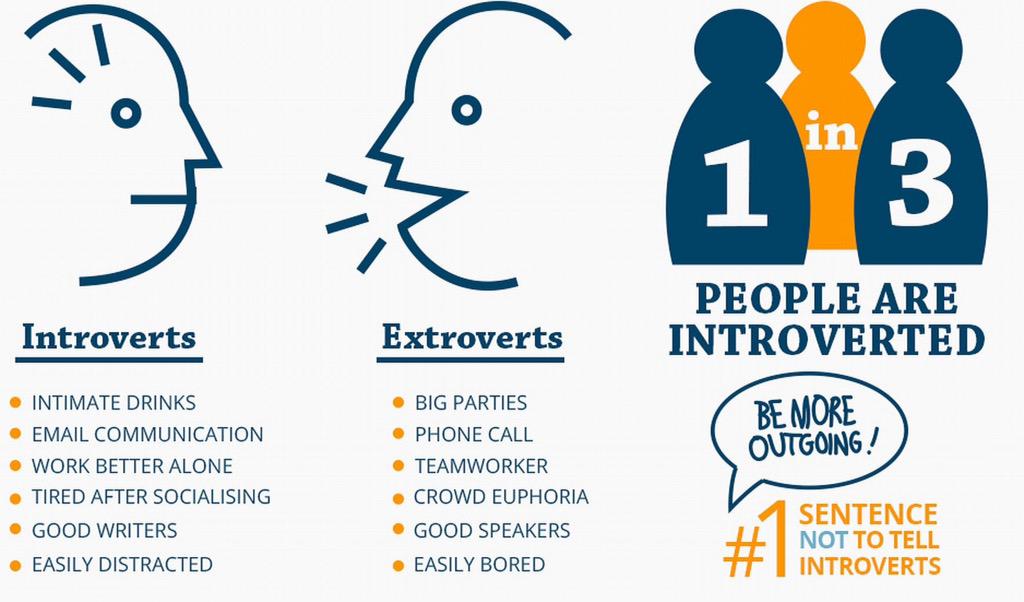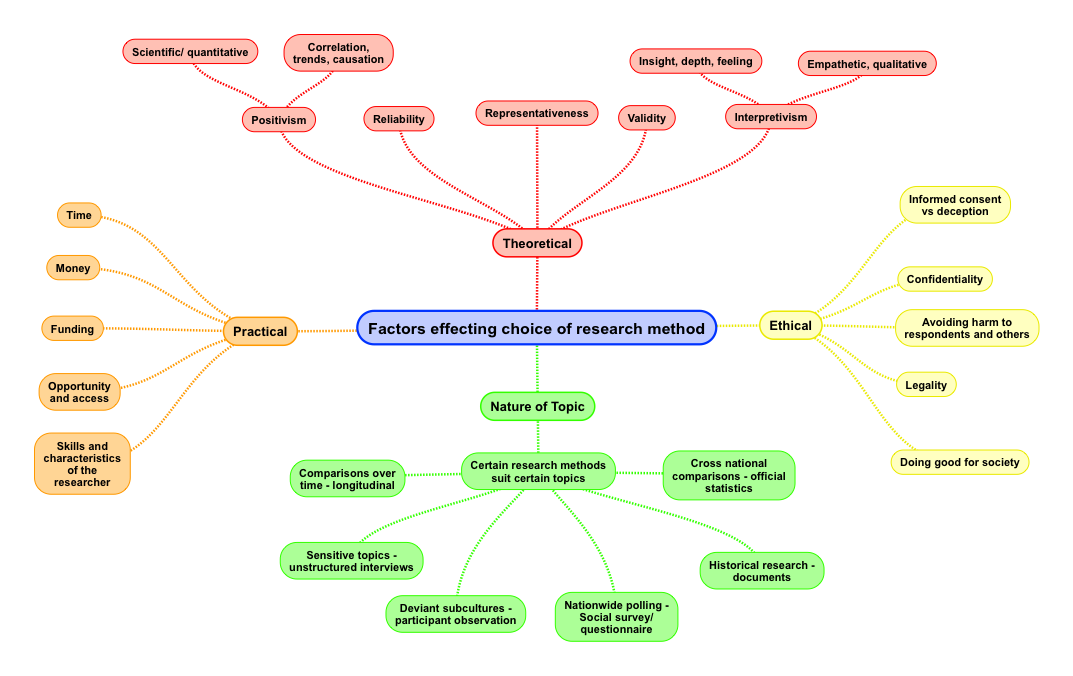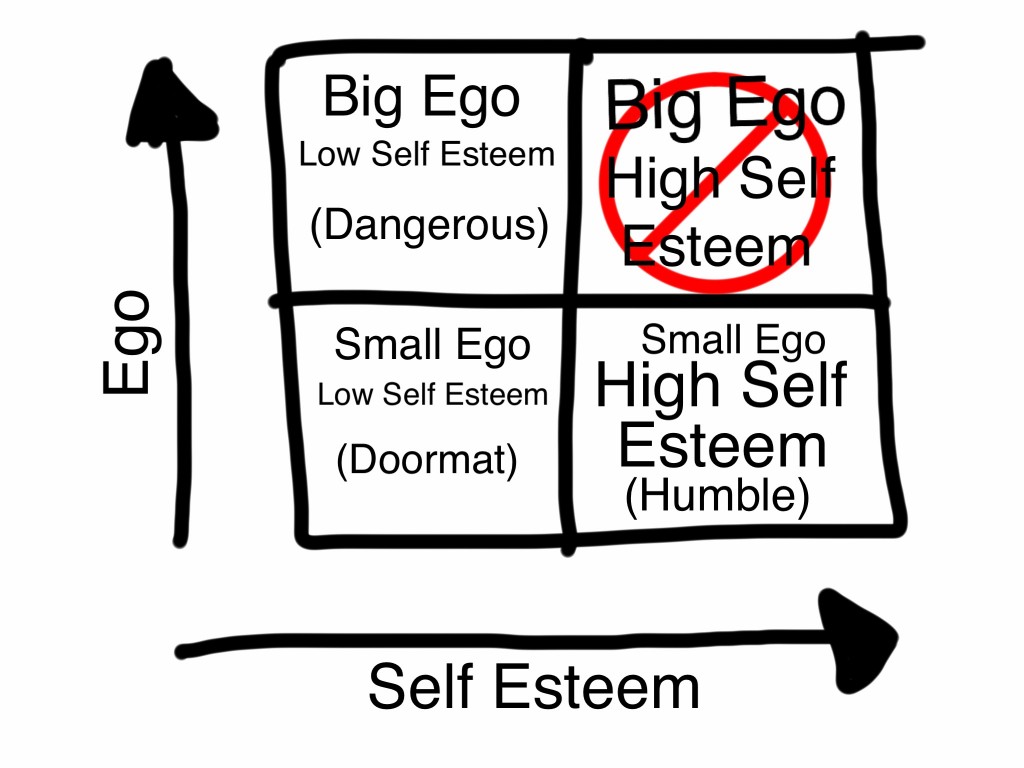How does dbt work
What is Dialectical Behavior Therapy and How Does it Work?
Dialectical Behavior Therapy, or DBT, combines talk therapy and behavioral therapy to help patients manage negative emotions, and learn interpersonal and communication skills. Unlike CBT which takes a more holistic approach to a patient’s belief system, DBT is focused on four main areas.
Negative rumination patterns and excessive worry can trigger depressive episodes or anxiety in vulnerable patients. In this area of DBT, patients can overcome this habit and improve their emotional state. In DBT, the patient is encouraged to accept their circumstances and learn how to be present in the moment. Being mindful keeps the patient from ruminating over the past, which they can’t change, or the future, which they can’t predict.
Failing to increase their distress tolerance can cause patients to self-soothe with harmful substances or behaviors. In this area of DBT, a trained therapist gives patients the tools they need to increase their tolerance to negative emotions, instead of trying to escape from their negative feelings.
Intense, unregulated emotions will harm a person in many facets of their life. Unchecked emotions can hurt their relationships, and their ability to hold or keep a steady job. They may find themselves financially harmed as a result of emotional outbursts. What DBT aims to do here is to give patients skills and strategies for recognizing their emotions, tolerating their distressing emotions, and learning how to change and manage those emotions.
Not knowing how to communicate with others effectively can cause all sorts of strife. A vulnerable individual may be taken advantage of, or they may have a difficult time forging and strengthening relationships if they are poor communicators. In DBT, a patient will learn how to communicate with others in a way that is assertive and effective. DBT will teach the patient techniques for strengthening their bonds with others, and how to maintain their self-respect and personal boundaries in relationships.
Who can benefit from DBT?
Psychiatrist Marsha Linehan invented DBT in the 1980s. Initially, the therapy was used to treat borderline personality disorder, of which Dr. Linehan suffered herself. But since the treatment was first used more than thirty years ago, research has indicated that a multitude of other mental health disorders and behavioral disorders can be successfully treated with DBT.
Initially, the therapy was used to treat borderline personality disorder, of which Dr. Linehan suffered herself. But since the treatment was first used more than thirty years ago, research has indicated that a multitude of other mental health disorders and behavioral disorders can be successfully treated with DBT.
- Depression
- Eating disorders
- Bipolar disorder
- PTSD
DBT can help patients who suffer from emotional distress and communication issues regulate their emotions and learn how to tolerate negative feelings and situations effectively. Patients who have problems with communication and learning how to live in the present can also benefit from DBT with an experienced therapist.
How does DBT work?
DBT is most useful for patients who have problems regulating their emotions and communicating with others. Although DBT is not the same as CBT, it definitely is closely related to CBT and shares its roots with the method.
At its core, DBT is about the idea of balancing opposites. During sessions, the therapist must work with the patient to find a way to balance two opposite perspectives at the same time, which helps promote emotional regulation, and encourages the patient to avoid problematic black-and-white thinking. Thinking in extremes severely harms relationships and interactions, and can also distort the patient’s acceptance of themselves.
For example, borderline patients will often fall into extremes of “I’m all bad” or “I’m all good,” and those beliefs can drastically change on a dime. With DBT, the therapy promotes a both-and outlook, instead of either-or thinking. The overarching goal of the treatment is to encourage radical self-acceptance and change in the patient.
DBT is often administered in group settings, one-on-one settings, or a mix of both methods. Sessions usually last about two hours, and groups or individual patients will meet once a week for up to six months. Sessions can be shorter or longer, and DBT can have a longer or shorter duration than six months, but it depends on the patient’s needs and progress.
What are the success rates of DBT?
Statistics show that up to 30% of mental health disorder patients also have a personality disorder. For personality disorders, DBT is the most effective treatment method. There is no cure for a personality disorder, but with therapy, patients can find relief from distressing symptoms. Like CBT, DBT therapy is designed to have an end-date and is not necessarily an ongoing therapy method. But the number of DBT sessions a patient will need will vary depending on the severity of their condition. After DBT is completed, patients can benefit from ongoing talk or group therapy that centers around coping methods and support for the patient’s current circumstances.
Studies have found that up to 86% of DBT patients experience a remission of their symptoms after treatment is completed. Six-month follow-ups reveal that 56% of DBT patients were still in remission. DBT is often used to treat emotional disorders where other methods of therapy have failed. It is therefore critical that patients receive ongoing treatment for their disorder, even after DBT has been completed and they’ve experienced remission of symptoms.
It is therefore critical that patients receive ongoing treatment for their disorder, even after DBT has been completed and they’ve experienced remission of symptoms.
Who is most qualified to administer Dialectical behavior therapy?
A trained psychiatrist or a therapist who has undergone DBT certification can treat patients with DBT. For patients, it’s important to be aware that DBT sessions are intense and can last more than one hour. It may take some time for patients to find a therapist they can trust who is trained to treat their disorder. For DBT to be most effective, patients need to find a therapist they can build a working relationship with and trust.
How Does Dialectical Behavioral Therapy (DBT) Work?
Managing emotions may be very difficult for some people. DBT, or Dialectical Behavioral Therapy is a combination of talk and behavioral therapy; it helps patients manage their negative emotions through a number of methods. Our southern California rehab center utilizes DBT for addiction treatment as one of its therapies.
What is DBT?
Is DBT related to CBT, Cognitive Behavioral Therapy? The answer is yes; however, it is different in that it focuses on providing clients with new skills to address conflicts in relationships and painful emotional situations. It has a focus on four different aspects:
- Mindfulness
- Tolerance for distress
- Emotional regulation
- Interpersonal effectiveness
An example of mindfulness is paying attention to your own breath, taking note of the inhaling and exhaling. Watching the stomach rise and fall while breathing, may also be an action of the state of being mindful.
Some actions for tolerance towards distress include learning how to distract yourself, learning how to self-soothe, and learning to improve the moment. What are your pros and cons of being distressed? That is an important question that you may ask yourself.
For What is DBT Effectively Used?
It was originally developed as a treatment for personality disorders.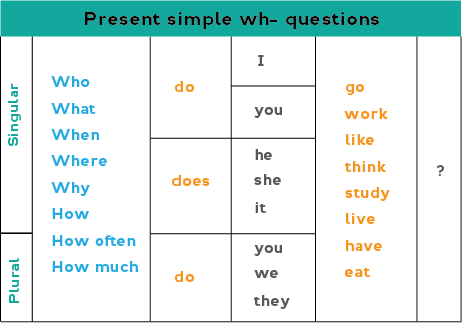 However, recently, DBT has been used to treat a number of other psychological issues, including the following:
However, recently, DBT has been used to treat a number of other psychological issues, including the following:
- Substance abuse
- Bulimia
- Depression
- Binge eating
- Bi-polar disorder
- PTSD
Regulating emotions is one of the goals of DBT. Behaviors that are self-destructive are the target of this type of cognitive behavioral therapy.
DBT As A Solution
DBT for addiction treatment is an evidenced-based therapy. People often wonder how DBT works. One way that it benefits those with a substance abuse or eating disorder is that the patient begins to accept him or herself as well as others. Mindfulness keeps you in the present, not constantly judging experience. By doing things mindfully, one at a time, chaos is replaced by focused behavior.
Knowing how DBT works is realizing that acceptance and change go hand and hand. Tolerating distress and being mindful works in tandem with solutions, such as changing behavior, changing environments, solving the problems and more.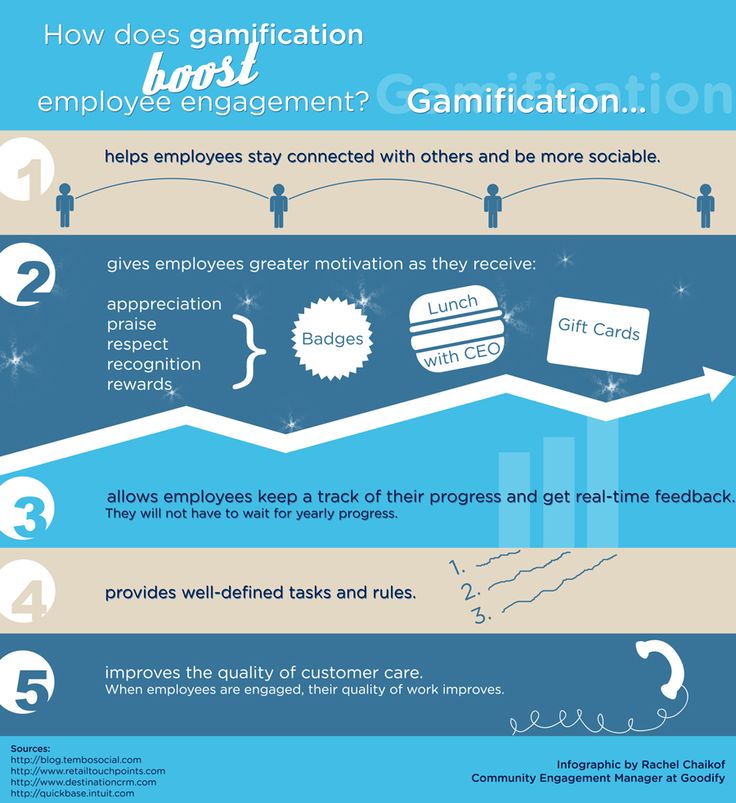
Treatment Settings
DBT for addiction treatment can be done in many settings, including group, individual or phone coaching. Group therapy allows for role-playing, homework, and learning new ways of behaving and interacting with other people. In individual therapy, a highly trained counselor helps patients adapt newly learned behaviors to their own lives and its challenges. Phone coaching allows for the patient to call the therapist between sessions to attain guidance and help with coping skills for their life situation. This is done mainly between DBT sessions.
If you or a loved one are struggling with a substance abuse problem, our southern California rehab can help. Our trained therapists use DBT and other evidence-based therapies and more to address substance abuse and addiction. Contact us at Mission Harbor Behavioral Health to begin the path to wellness and freedom from addiction.
Updated content on 05/20/21
The facilities at Mission Harbor are staffed with trained experts to best assist patients with their mental health issues.
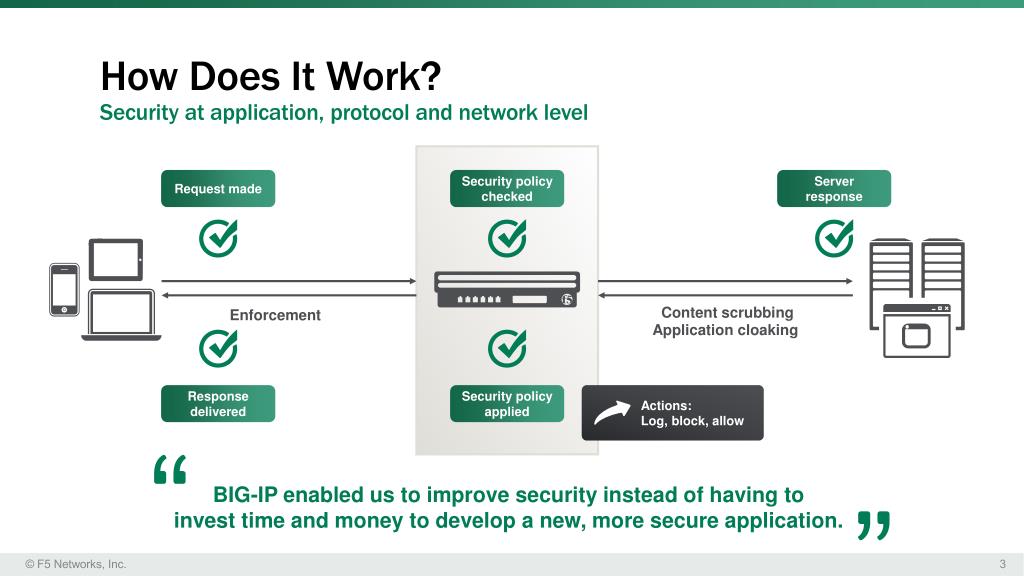 We are capable of dealing with any and all cases with a licensed staff, equipment, and approved techniques. Our mission is to help those who want to help themselves, and we support your decision in seeking help.
We are capable of dealing with any and all cases with a licensed staff, equipment, and approved techniques. Our mission is to help those who want to help themselves, and we support your decision in seeking help.
Get Help Now
Alcohol addiction is extremely difficult to overcome on your own.. Seek specialized help and let professionals guide you in your recovery.
What It Is & Purpose
Overview
What is dialectical behavior therapy (DBT)?
Dialectical behavior therapy (DBT) is a type of talk therapy (psychotherapy). It’s based on cognitive behavioral therapy (CBT), but it’s specially adapted for people who experience emotions very intensely.
Cognitive behavioral therapy (CBT) is a type of talk therapy that helps people understand how thoughts affect emotions and behaviors.
“Dialectical” means combining opposite ideas. DBT focuses on helping people accept the reality of their lives and their behaviors, as well as helping them learn to change their lives, including their unhelpful behaviors.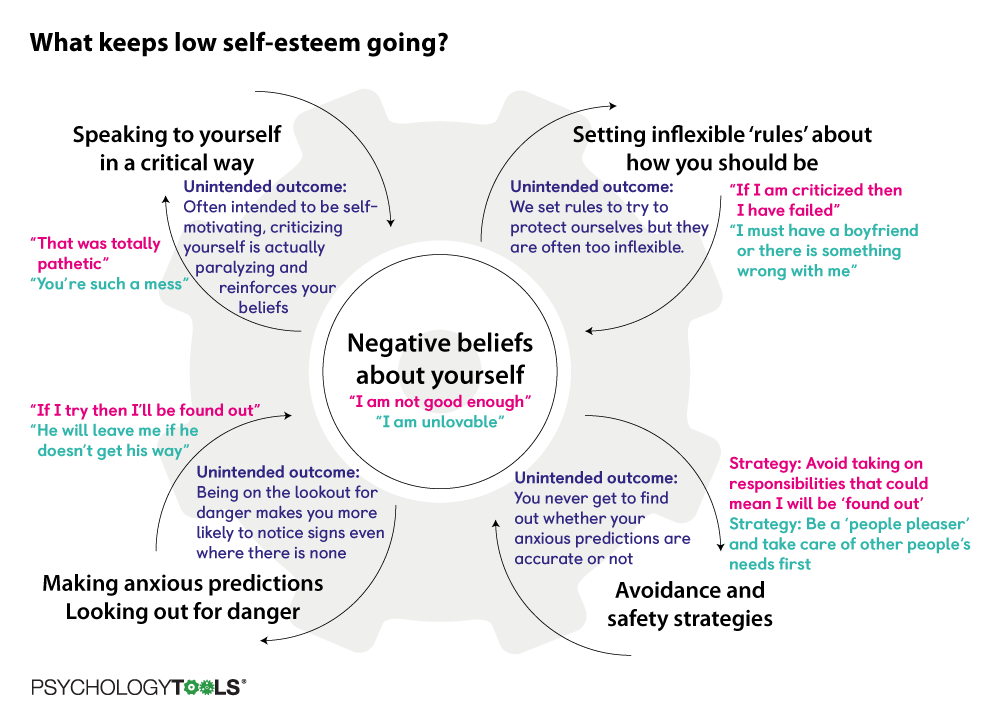
Dialectical behavior therapy was developed in the 1970s by Marsha Linehan, an American psychologist.
What is dialectical behavior therapy (DBT) used for?
Dialectical behavior therapy (DBT) is especially effective for people who have difficulty managing and regulating their emotions.
DBT has proven to be effective for treating and managing a wide range of mental health conditions, including:
- Borderline personality disorder (BPD).
- Self-harm.
- Suicidal behavior.
- Post-traumatic stress disorder (PTSD).
- Substance use disorder.
- Eating disorders, specifically binge eating disorder and bulimia.
- Depression.
- Anxiety.
It’s important to note that the reason DBT has proved effective for treating these conditions is that each of these conditions is thought to be associated with issues that result from unhealthy or problematic efforts to control intense, negative emotions. Rather than depending on efforts that cause problems for the person, DBT helps people learn healthier ways to cope.
How do I find a DBT therapist?
A therapist can be a psychiatrist (a medical doctor who can prescribe medications), psychiatric nurse, psychologist, social worker or family therapist.
Finding the right therapist is often a time-consuming task, and DBT therapy isn’t any different. Try not to become discouraged. Talk to people you trust to give you a referral for a therapist who uses dialectical behavior therapy, whether it’s your primary healthcare provider or a friend or family member.
You can also search for therapists online through local and state psychological associations.
Be sure that any therapist you’re interested in seeing is a state-certified and licensed mental health professional and that they treat your area of concern (for example, eating disorders, borderline personality disorder, self-harm, etc.).
Most therapists’ websites list the conditions and problems they treat. If you have questions, call or email the therapist’s office before you choose.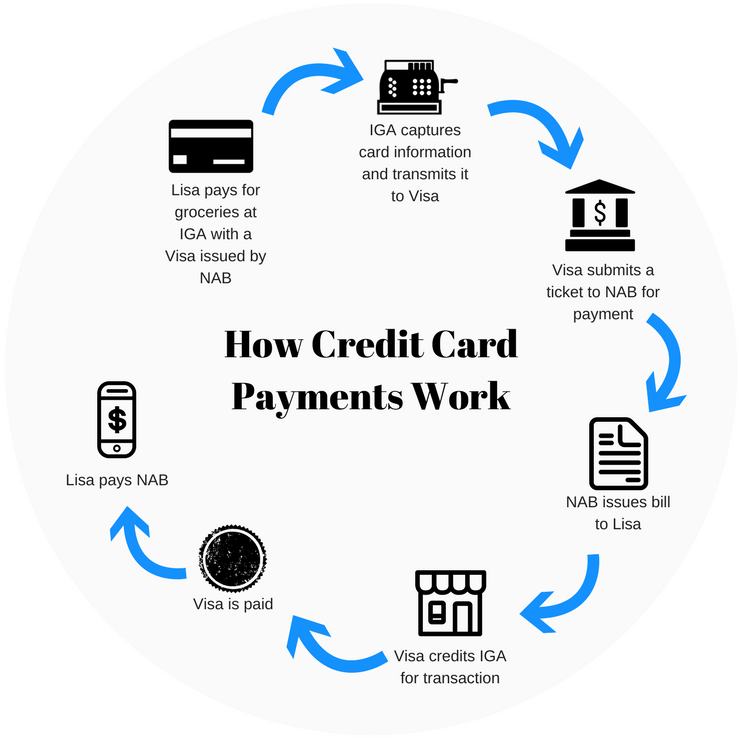
It may be helpful to ask a potential DBT therapist the following questions:
- What is the nature of your training in DBT?
- Do you provide comprehensive DBT or a modification? If not comprehensive DBT, why not?
- Do you belong to a DBT consultation team?
- What’s your policy on phone calls and emails during the week?
- How much time will you initially ask me to commit to for the entire therapy process?
Procedure Details
How does dialectical behavior therapy (DBT) work?
The main goal of therapists who use dialectical behavior therapy (DBT) is to strike a balance between validation (acceptance) of who you are and your challenges and the benefits of change. Your therapist will help you learn new skills to improve emotion regulation.
The structure of dialectical behavior therapy can vary some from therapist to therapist, but, in general, DBT involves these four types of sessions:
- DBT pre-assessment.
- Individual therapy.

- Skills training in groups.
- Telephone crisis coaching.
DBT pre-assessment
Your therapist may offer an assessment before starting DBT. They’ll determine how suitable DBT is for you by asking you questions and explaining how DBT works. If you decide that DBT is the right therapy for you, they’ll ask you to commit to the treatment and the length of treatment.
Individual DBT therapy
Individual DBT therapy involves weekly sessions with your therapist. Each session lasts about 40 minutes to 60 minutes.
Individual DBT therapy sessions have the following goals:
- To help keep you safe by reducing suicidal and self-harming behaviors, if applicable.
- To limit behaviors that get in the way of productive therapy.
- To help you reach your goals and improve your quality of life by addressing what’s blocking your progress, such as mental health conditions or relationship issues.
- To help you learn new skills to replace unhelpful behaviors.

Your therapist will likely ask you to keep a diary to track your emotions and actions and to look for patterns of behavior. You’ll bring this diary with you to your sessions so you and your therapist can decide what to work on for each session.
DBT skills training in groups
In these sessions, your therapist will teach you skills in a group setting. This isn’t to be confused with group therapy, in which you discuss your problems with others. Think of it more like a teaching and learning session in a classroom setting.
DBT skills aim to help enhance your capabilities in day-to-day life. The four skills your therapist will teach include:
- Mindfulness: This is the practice of being fully aware and focused in the present instead of worrying about the past or future.
- Distress tolerance: This involves understanding and managing your emotions in difficult or stressful situations without responding with harmful behaviors.

- Interpersonal effectiveness: This means understanding how to ask for what you want and need and setting boundaries while maintaining respect for yourself and others.
- Emotion regulation: This means understanding, being more aware of and having more control over your emotions.
Telephone crisis coaching
DBT often involves telephone crisis coaching to support you in your daily life. This means you can call your therapist at certain times for support between sessions.
Examples of when you may need to call your therapist include:
- When you need help with an immediate crisis, such as wanting to self-harm.
- When you’re trying to use the DBT skills you learned but want some advice on how to do it.
However, your therapist will set clear boundaries about when you can call them, such as during an agreed-upon range of time during the day.
Crisis coaching functions on an as-needed basis.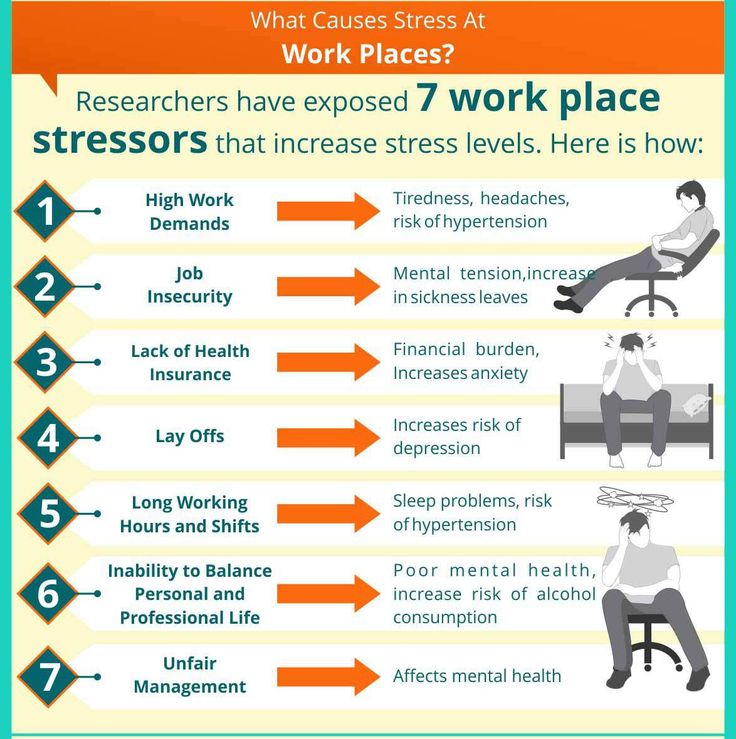 The calls are usually brief, and they shouldn’t replace the work of individual or group sessions.
The calls are usually brief, and they shouldn’t replace the work of individual or group sessions.
Risks / Benefits
What are the benefits and risks of dialectical behavior therapy (DBT)?
Dialectical behavior therapy (DBT) has been proven to help people with their mental health conditions in several studies. For people with borderline personality disorder, in particular, DBT results in:
- Less self-harm behavior and anger.
- Fewer days of inpatient hospitalization.
- Less drug and alcohol misuse.
- Improved depressive symptoms.
However, DBT isn’t for everyone, and it can be very difficult. DBT is more likely to work for you if you:
- Are committed to making positive changes.
- Are ready to fully commit to therapy and do homework assignments.
- Are ready to focus mostly on your present and future, rather than your past.
- Feel able to do some sessions in a group with others.
Recovery and Outlook
How long will I need dialectical behavior therapy?
Dialectical behavior therapy (DBT) usually takes at least six months to a year. However, each person is unique, and mental health conditions are complex. You shouldn’t expect to be completely free of symptoms or no longer have problematic behaviors after one year of DBT.
However, each person is unique, and mental health conditions are complex. You shouldn’t expect to be completely free of symptoms or no longer have problematic behaviors after one year of DBT.
Many therapists believe that the treatment for borderline personality disorder, in particular, can often take several years.
Try not to get discouraged by how long it may take to be able to better manage your emotions and have a better quality of life. The important thing is that you’re seeking help. Any progress is good progress.
When to Call the Doctor
When should I see my healthcare provider or therapist while doing DBT?
It’s important to go to all of your scheduled individual DBT therapy sessions and group skill training sessions.
If you’re experiencing a crisis, such as feeling suicidal, and can call your therapist, do so.
If your therapist is unavailable, call the National Suicide Prevention Lifeline at 1.800.273.8255. Someone will be available to talk with you 24 hours a day, seven days a week. You can also call 911 or go to the nearest emergency room.
You can also call 911 or go to the nearest emergency room.
A note from Cleveland Clinic
Dialectical behavior therapy (DBT) is an effective treatment to help people who experience very intense, negative emotions. Although it may be difficult and time-consuming to find the right DBT therapist for you, it’s important to keep trying. The sooner you can start therapy — and stay committed to it — the sooner you’ll have an improved quality of life.
What is DBT
The lives of people with borderline personality disorder are often filled with harrowing emotional swings, relationship problems, self-harmful behavior, and chronic suicidality.
Dialectical behavior therapy (DBT) is a compassionate and proven model of care.
DBT is a comprehensive cognitive behavioral therapy system designed to treat complex, difficult to treat personality and behavioral disorders. Initially developed for patients with chronic suicidal behavior, DBT has gradually evolved into a treatment for patients with multiple behavioral problems and borderline personality disorder (BPD). Since then, DBT adaptations have been developed for difficult-to-treat behavioral disorders associated with emotional dysregulation, including substance dependence, anorexia and bulimia, depression and suicidal behavior in adolescents, depression in the elderly, and bipolar affective disorder. There are versions of the DBT applicable to a variety of care formats, including outpatient and inpatient care, group therapy, and individual therapy.
Since then, DBT adaptations have been developed for difficult-to-treat behavioral disorders associated with emotional dysregulation, including substance dependence, anorexia and bulimia, depression and suicidal behavior in adolescents, depression in the elderly, and bipolar affective disorder. There are versions of the DBT applicable to a variety of care formats, including outpatient and inpatient care, group therapy, and individual therapy.
Dialectical Behavior Therapy is the world standard for helping people with borderline personality disorder, suicidal behavior and self-harm.
DBT is based on a combined deficit-motivation model of BPD, suggesting that (1) people with BPD lack important interpersonal skills, self-regulation (including emotion management), and distress coping, and that (2) individual and environmental factors often block or suppress the acquisition and use of behavioral skills by patients and reinforce dysfunctional behavior.
DBT combines basic behavior therapy strategies with mindfulness practices.
DBT starts from a balanced dialectical therapeutic position that emphasizes the synthesis of opposites. The dialectical approach assumes the inevitability of the emergence in the therapy of suicidal patients with BPD of many opposites that are difficult to combine (the need for acceptance and change, passivity and activity, the patient's vulnerability and the need to actively contact the environment, etc.). DBT encourages the formation of flexible dialectical patterns of thinking and behavior instead of the rigid "black and white" type of thinking.
The fundamental dialectical balance in DBT is the balance between accepting the patient for who they are and helping them achieve change.
Acceptance procedures in DBT include mindfulness techniques (i.e., attention to the present moment, taking a nonjudgmental stance, focusing on performance) as well as a range of validation and acceptance strategies. Change strategies in DBT include behavioral analysis of maladaptive behavior and solution techniques, including interpersonal skills training, emotional self-regulation, learning management (reinforcement and punishment in therapy), cognitive modification, and exposure-based strategies.
As part of a comprehensive treatment, DBT aims to achieve five main goals:
(1) expansion of the behavioral repertoire,
(2) increased motivation for change (through modification of inhibitors and reinforcers),
(3) generalization of new behavior patterns outside the therapeutic space,
(4) structuring of the therapeutic environment necessary for the implementation of resources therapist and patient,
(5) increasing the ability and motivation of the therapist to effectively help the patient.
In the standard DBT, these functions are distributed among various formats of care, including individual psychotherapy, group skills training, telephone coaching, and the DBT advisory group.
What is Dialectical Behavior Therapy (DBT) and how does it help people with addiction treatment? | Addiction & Recovery articles | Emotional & Mental Health center
Originally developed to help suicidal women with complex psychological problems, Dialectical Behavior Therapy offers a unique approach that can also help cure drug addicts.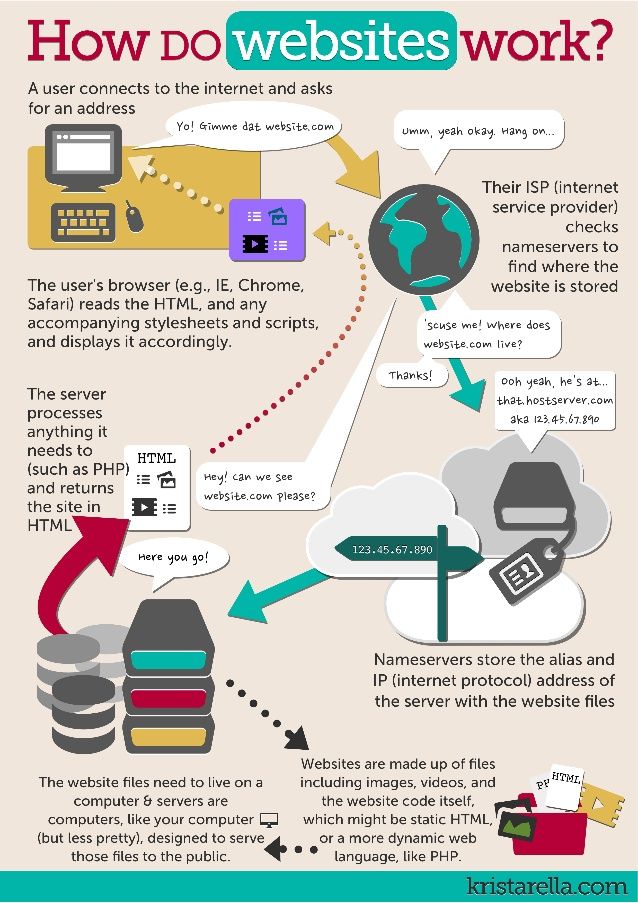 Could DBT be right for you?
Could DBT be right for you?
Addiction is a vicious animal that can be killed, and we all know that without professional support, this is almost impossible. However, not all treatment options are the same, and it's not that hard to find approaches that will shame and criticize the core of your being, making you feel more vulnerable than you are right now. Instead of helping you achieve remission and remove obstacles to sobriety, some treatments can make you feel useless and demotivated.
Could dialectical behavior therapy be the right approach for you as you work to quit your addiction?
What is dialectical behavior therapy?
Dialectical Behavior Therapy (DBT), based on the better known CBT but also quite different, was first proposed by American psychologist Marsha Linehan when she was trying to find the best way to help women who were feeling self-destructive and had multiple, complex . psychological problems.
Cognitive Behavioral Therapy, as you may know, aims to help people deal with problems in their lives that may vary from depression, addiction, eating disorders, and trauma by guiding them to understand how they way of thinking and behavior is faulty.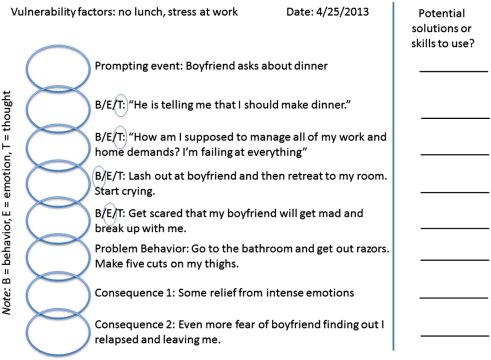 This, in turn, should lead to new thoughts and behaviors that better serve a person's mental health.
This, in turn, should lead to new thoughts and behaviors that better serve a person's mental health.
Dr. Linehan found—not surprisingly when you think about it—that this change-focused therapy model has left many patients feeling criticized, discounted, misunderstood, and a host of other things that you really don't want from an effective therapy program.
In short, DBT has introduced a new element, the acceptance element. At DBT, clients work to accept themselves, their feelings, and the world around them, and strive to make changes that they will truly benefit from. Dialectical Behavior Therapy seeks to balance therapy to ultimately help people find "a life worth living".
Of course there is still an element of healing, self-improvement and learning new skills, but some people will definitely find DBT more helpful as they work to bridge the gap between their current reality and where they want to be in life.
Dialectical Behavior Therapy was originally developed to better serve people with borderline personality disorder. However, it has been used and researched in the context of many other issues, including depression, eating disorders, post-traumatic stress disorder, suicidality, and yes, substance abuse and other addictions.
However, it has been used and researched in the context of many other issues, including depression, eating disorders, post-traumatic stress disorder, suicidality, and yes, substance abuse and other addictions.
What can you expect from dialectical behavior therapy?
DBT can take place in individual sessions, in group sessions, and even over the phone or the Internet. If you choose DBT, you can participate in various of these settings. The first task is to reduce the number of things that acutely threaten your life and health, while the second priority will be to overcome the obstacles that prevent you from doing your most productive work in therapy.
If you are in Dialectical Behavior Therapy for a substance or behavioral addiction, this means that you are working to reduce substance abuse or behavioral addiction involvement, help overcome withdrawal symptoms, and then work to reduce the cravings and triggers that make you want to use.
DBT can help you build a new mindset where your life does not revolve around your addiction and teach you strategies for a new life.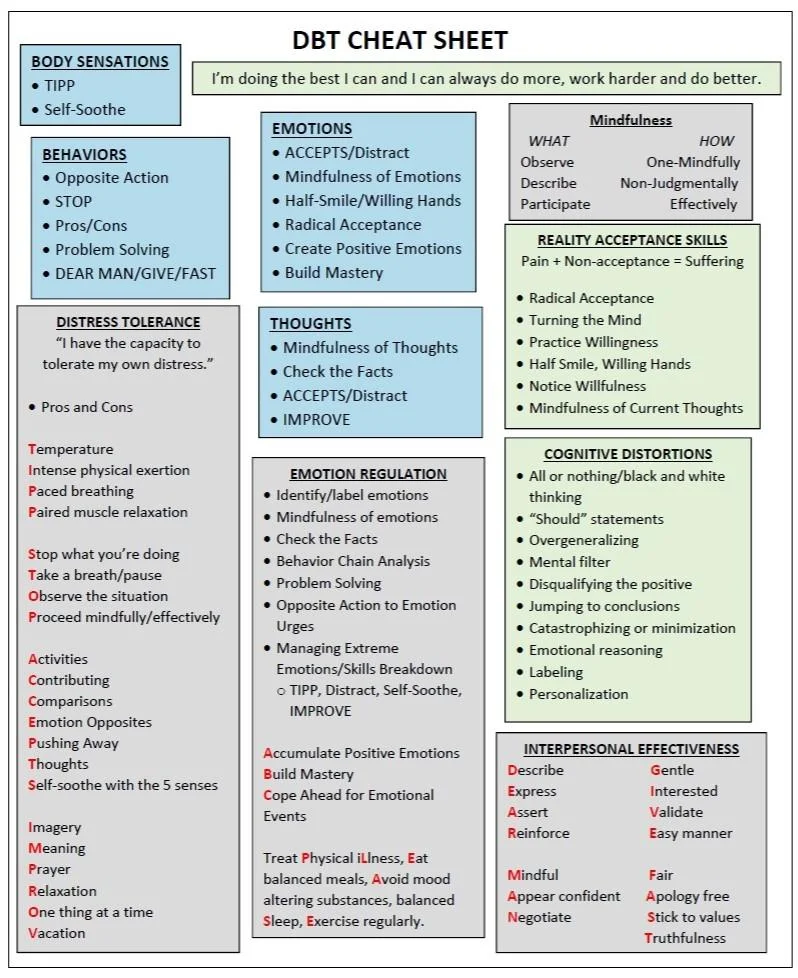 This will include behaviors that will help you live addiction-free, build a support system, and adopt healthy habits.
This will include behaviors that will help you live addiction-free, build a support system, and adopt healthy habits.
One important thing to know about DBT in substance abuse is that this philosophy sees addiction as a problem to be solved - shame does not play a role here and in no way is addiction seen as a moral failing. Rather, DBT helps you look at your emotions and how you can manage them without the use of any substance.
Is Dialectical Behavior Therapy effective for addicts?
Drug addiction is a chronic disease that is difficult to treat - many people suffer from relapses and there is never a complete remission. If you were hoping for a “do this and you will be free of your addiction forever” outcome, we will disappoint you. DBT offers no guarantee of success. Much of this will depend on the work you do yourself.
However, dialectical behavior therapy has had very promising results, and not just for addicts who also have borderline personality disorder.

